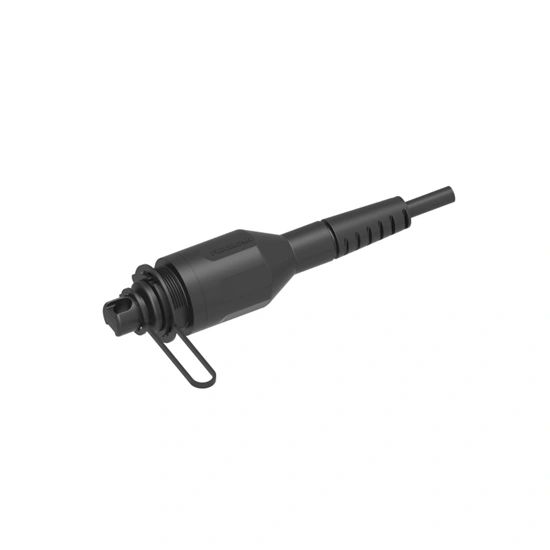Optical Fiber Connector and Optical Module Pairing: Best Practices for Optimum Performance

Introduction:
Optical fiber connectors play a crucial role in ensuring the smooth transmission of data signals through optical networks. The pairing of optical fiber connectors and optical modules is critical for maintaining signal integrity and achieving optimum performance. This article discusses the principles and precautions that need to be followed when pairing optical fiber connectors with optical modules.
Principle 1: Connector Compatibility
The first principle in pairing optical fiber connectors and optical modules is to ensure compatibility. Different types of optical connectors are available in the market, such as LC, SC, ST, and MPO. Each connector type has its own unique characteristics and specifications. It is essential to pair connectors that are compatible in terms of connector type, connector polish, and fiber mode (single-mode or multi-mode). Mismatched connectors can result in data loss, increased insertion loss, and degraded signal quality. Therefore, it is crucial to select connectors that are specifically designed for the optical modules being used.
Principle 2: Connector Cleaning and Inspection
The second principle is to ensure proper cleaning and inspection of optical connectors before mating with optical modules. Even a small amount of dirt, dust, or debris on the connector end-face can cause signal attenuation and reflection, leading to performance degradation. Regular cleaning and inspection of connectors using suitable cleaning tools and inspection scopes is essential to maintain the cleanliness and integrity of the connectors. It is recommended to follow the manufacturer's instructions for cleaning procedures and use lint-free cleaning wipes and isopropyl alcohol for effective cleaning.
Principle 3: Connector Handling and Protection
The third principle involves proper handling and protection of optical connectors. Connectors are delicate and sensitive components that can be easily damaged if mishandled. It is crucial to handle connectors with clean hands, avoiding any contact with the connector end-face. Protective dust caps should be used to cover the connectors when not in use. During installation or removal of connectors, it is essential to apply proper force and avoid excessive bending or twisting of fibers. This ensures the longevity and reliability of both the connectors and the optical modules.
Conclusion:
Pairing optical fiber connectors with optical modules requires adherence to specific principles and precautions. The compatibility of connectors, proper cleaning and inspection, and careful handling and protection are essential factors in achieving optimum performance and maintaining the longevity of the optical network. By following these best practices, users can ensure reliable and efficient data transmission through their optical networks.



